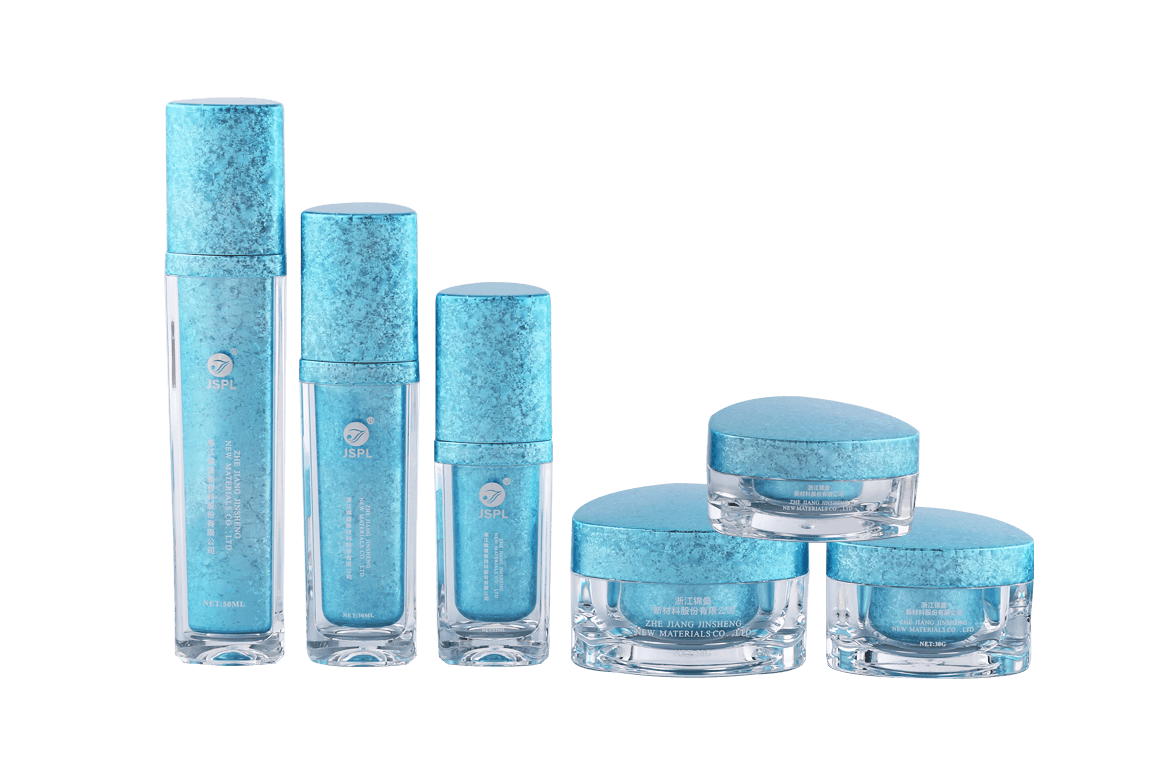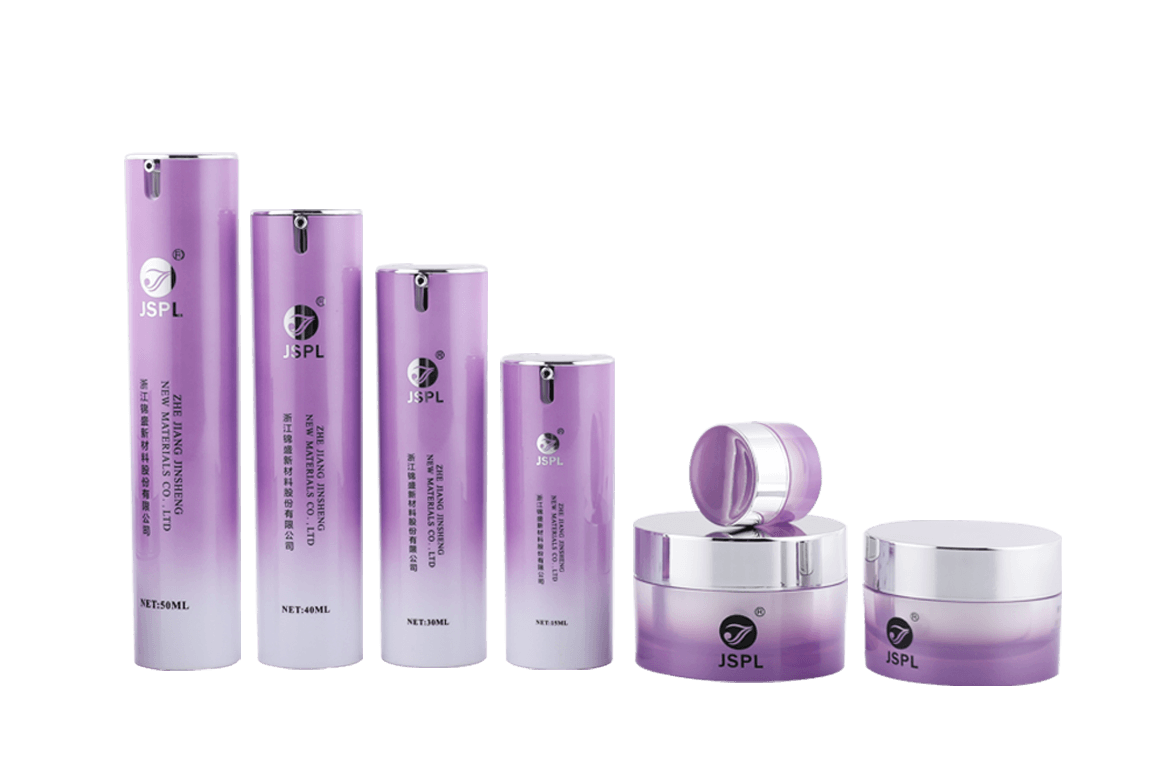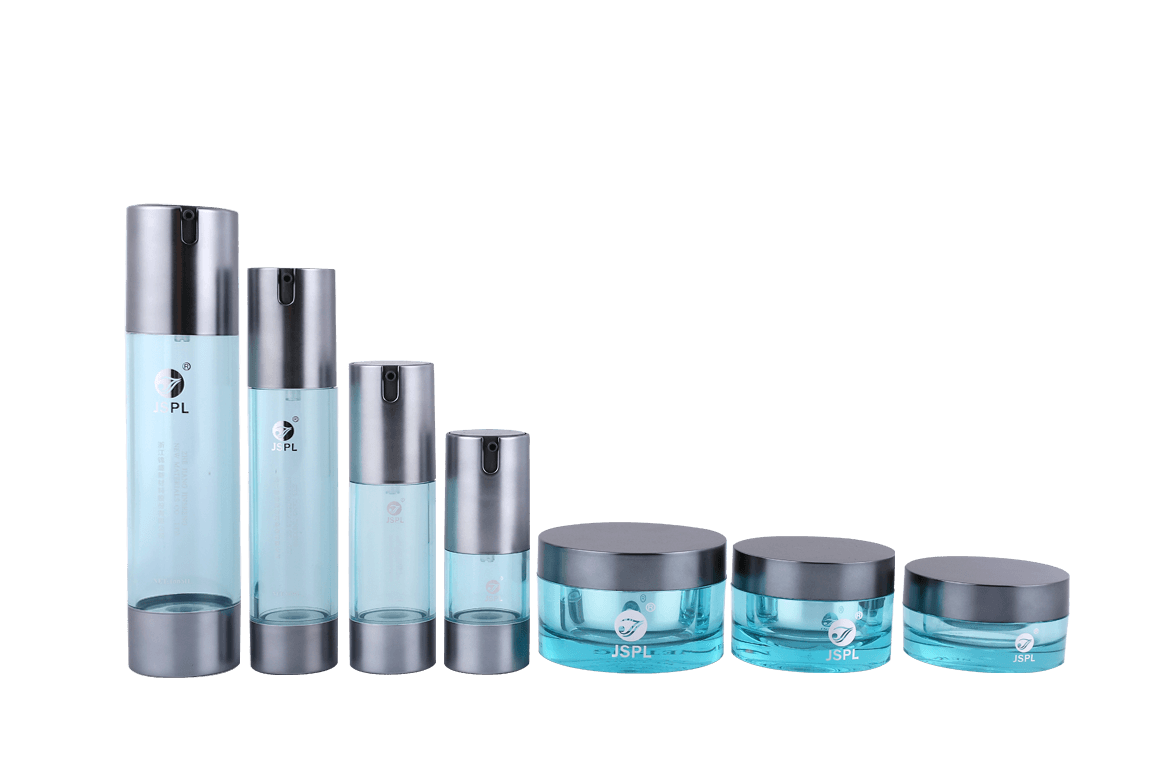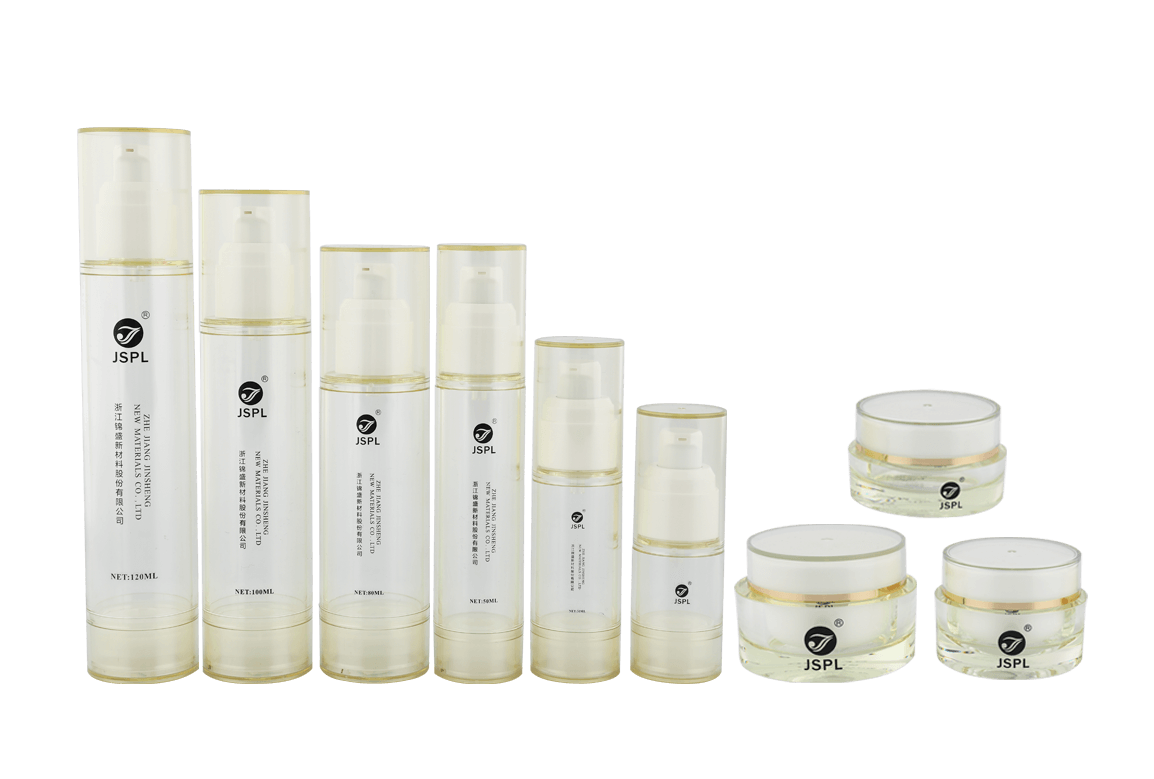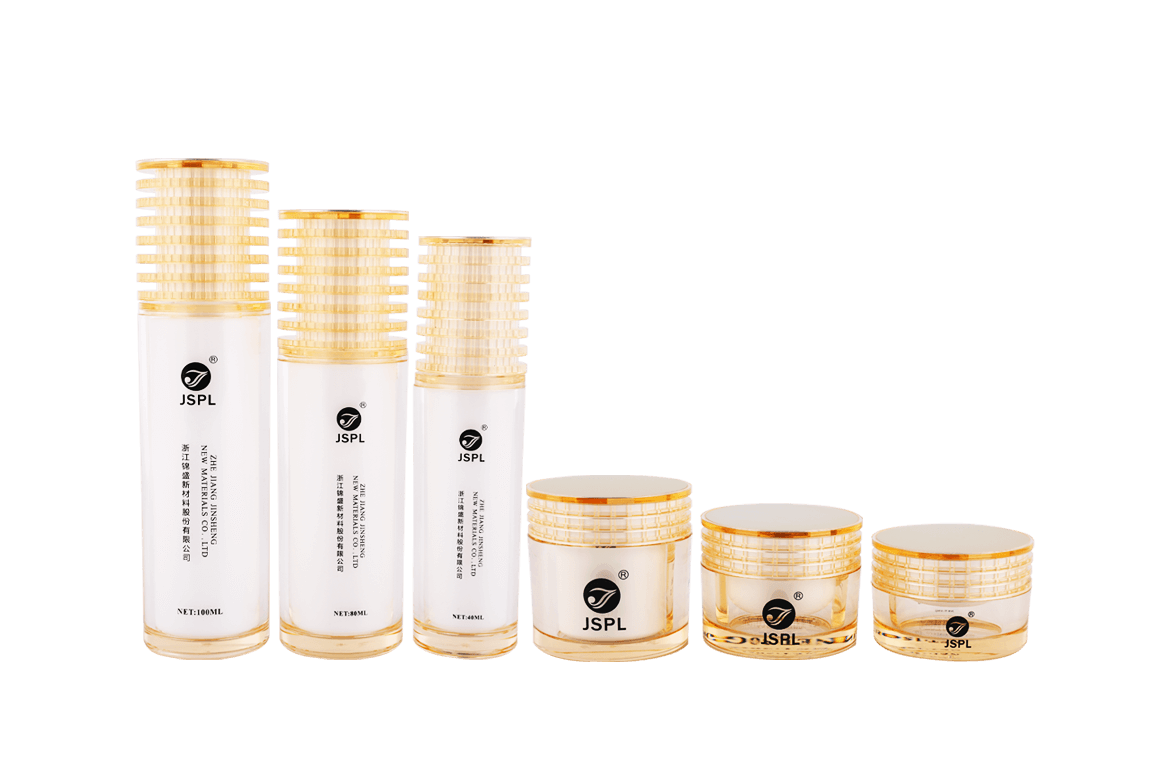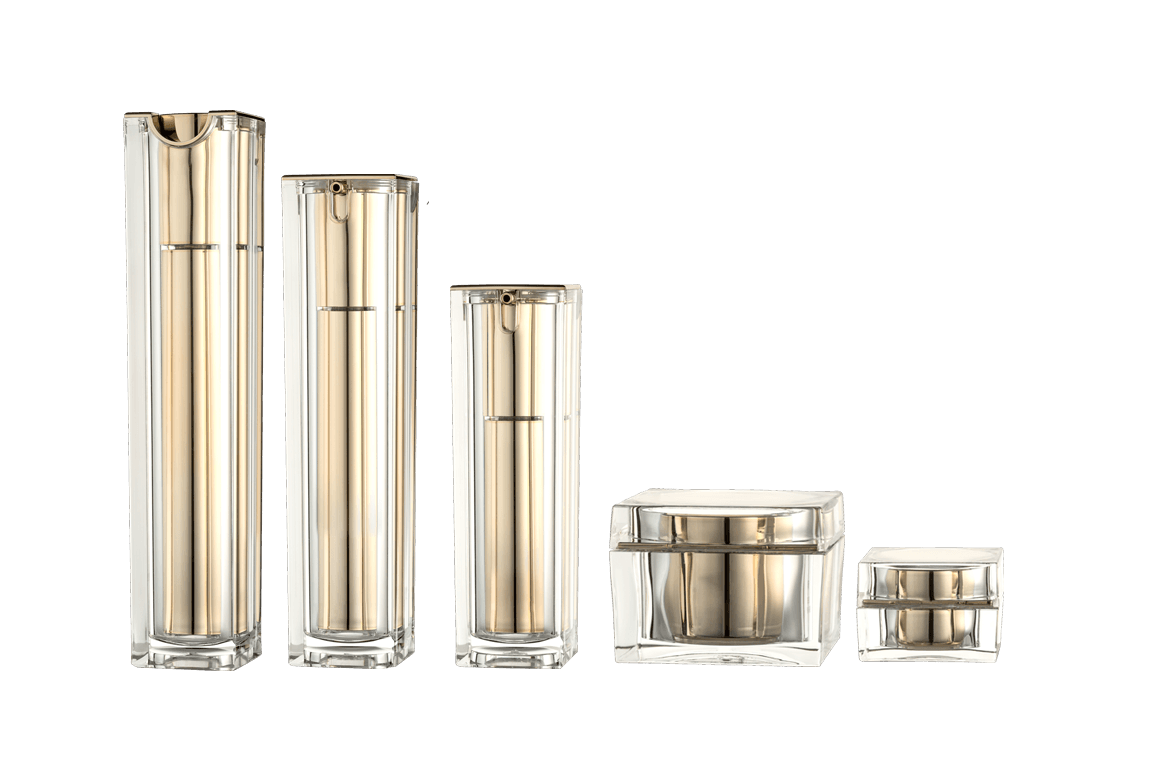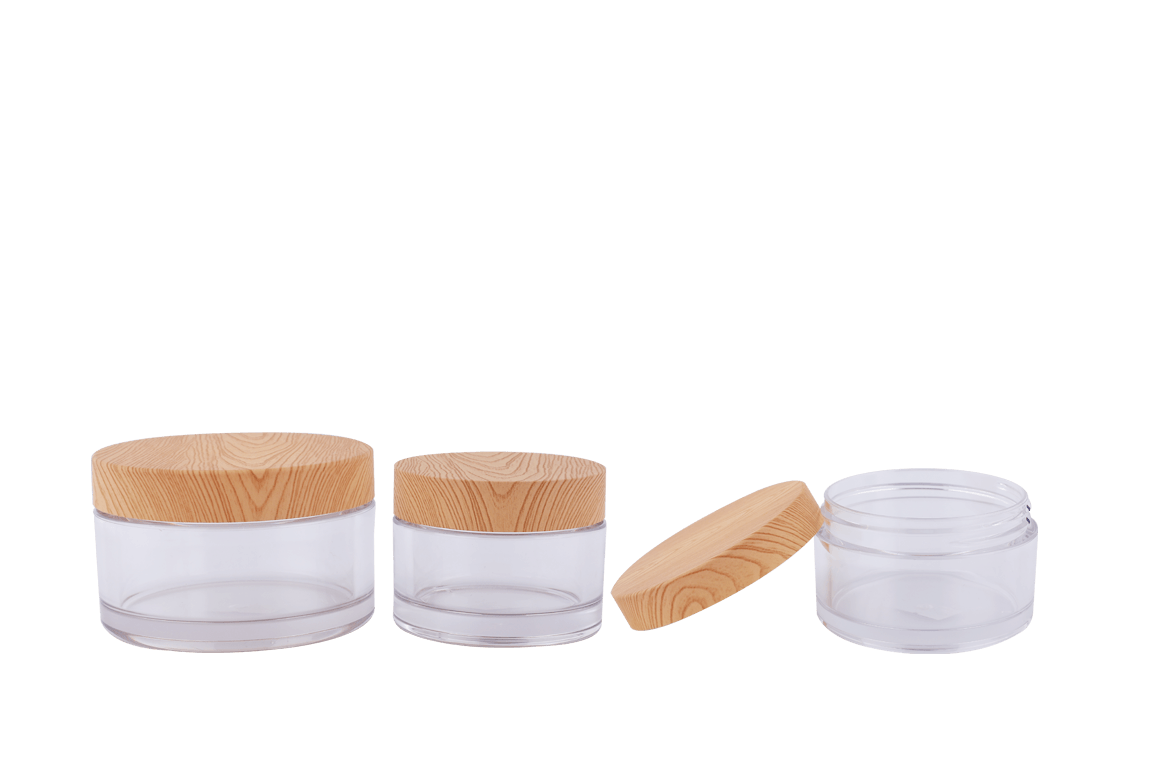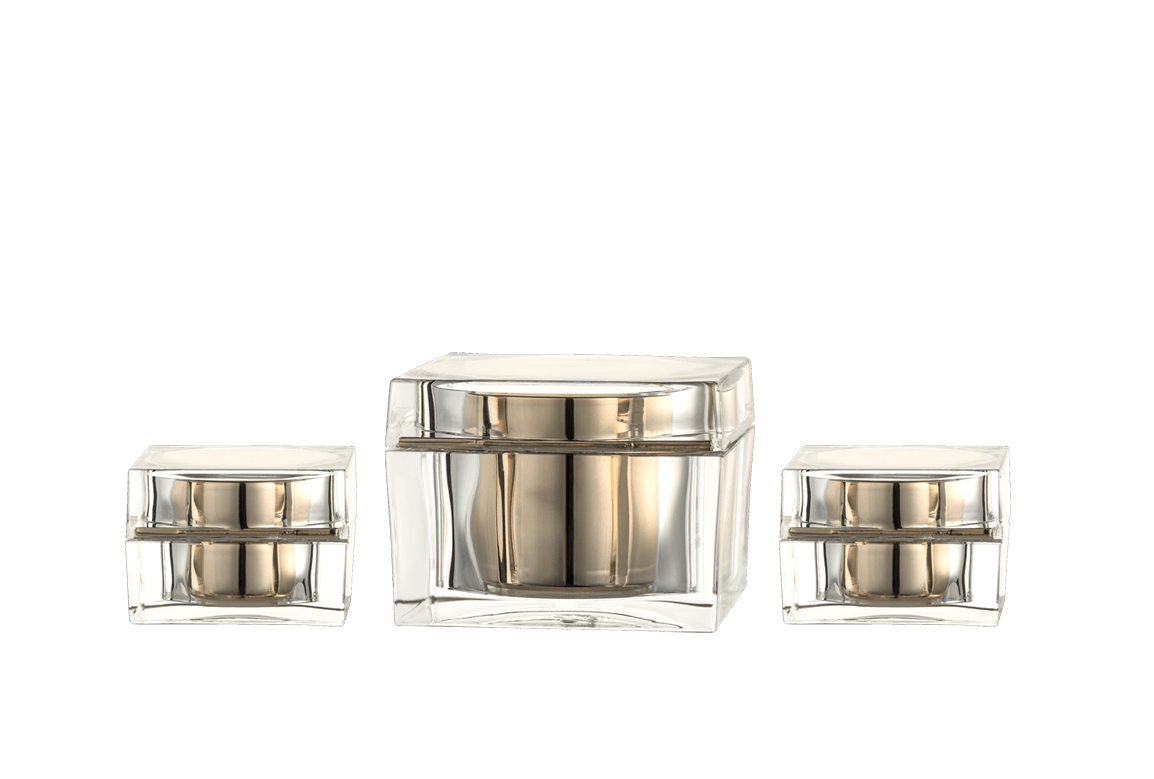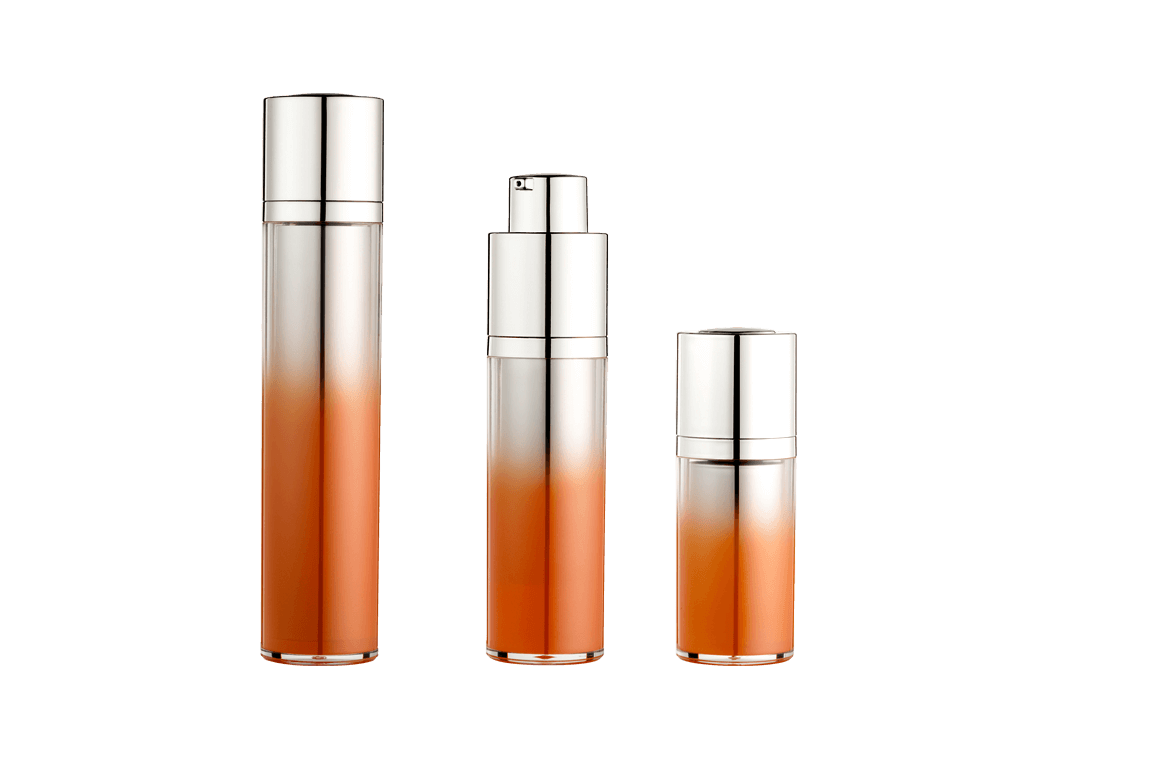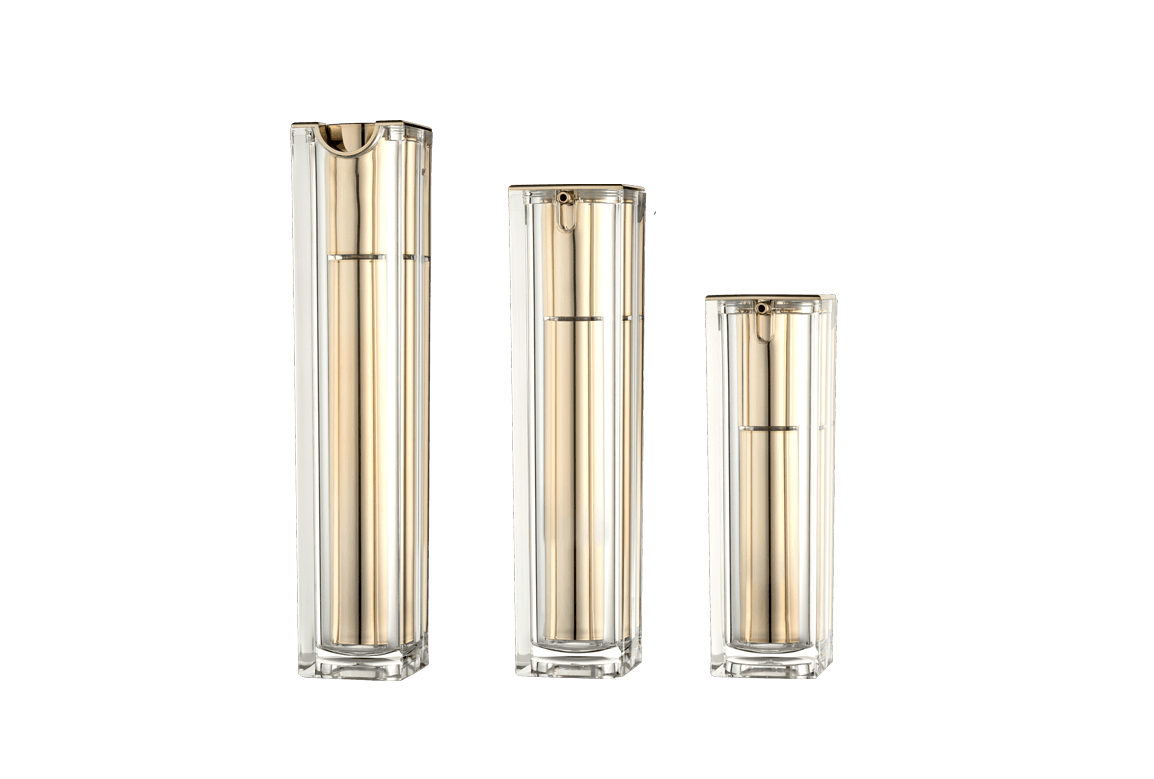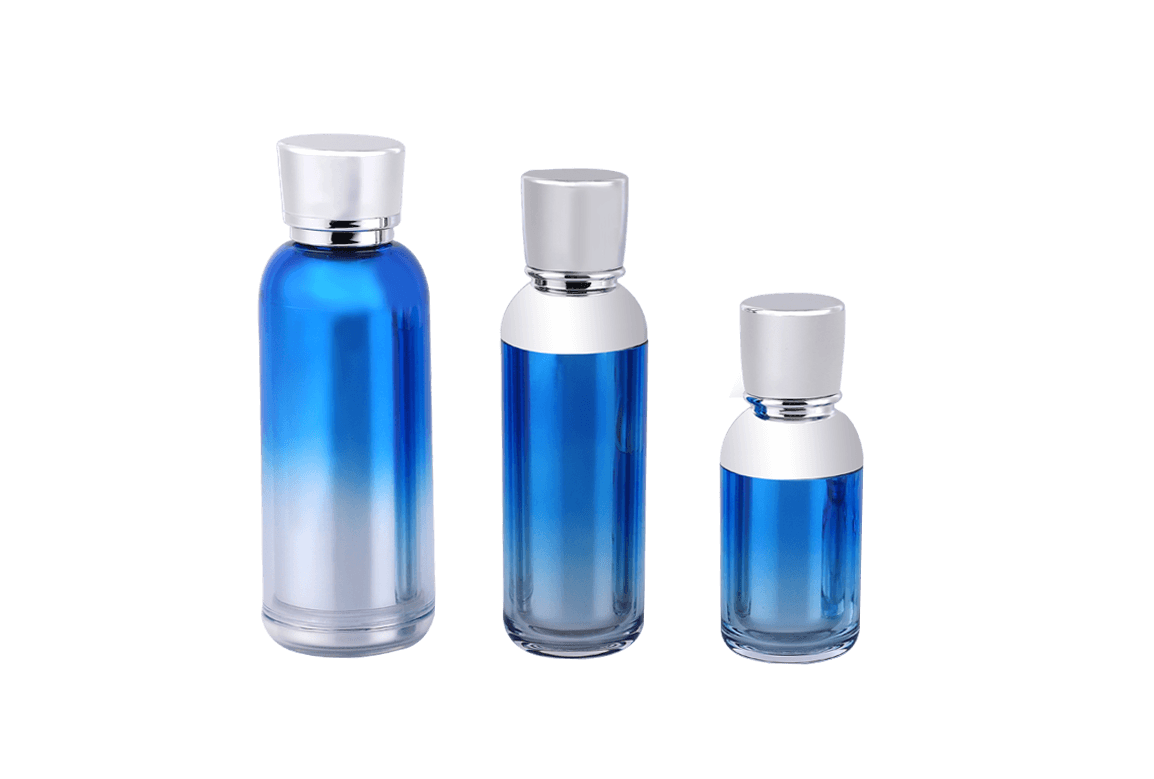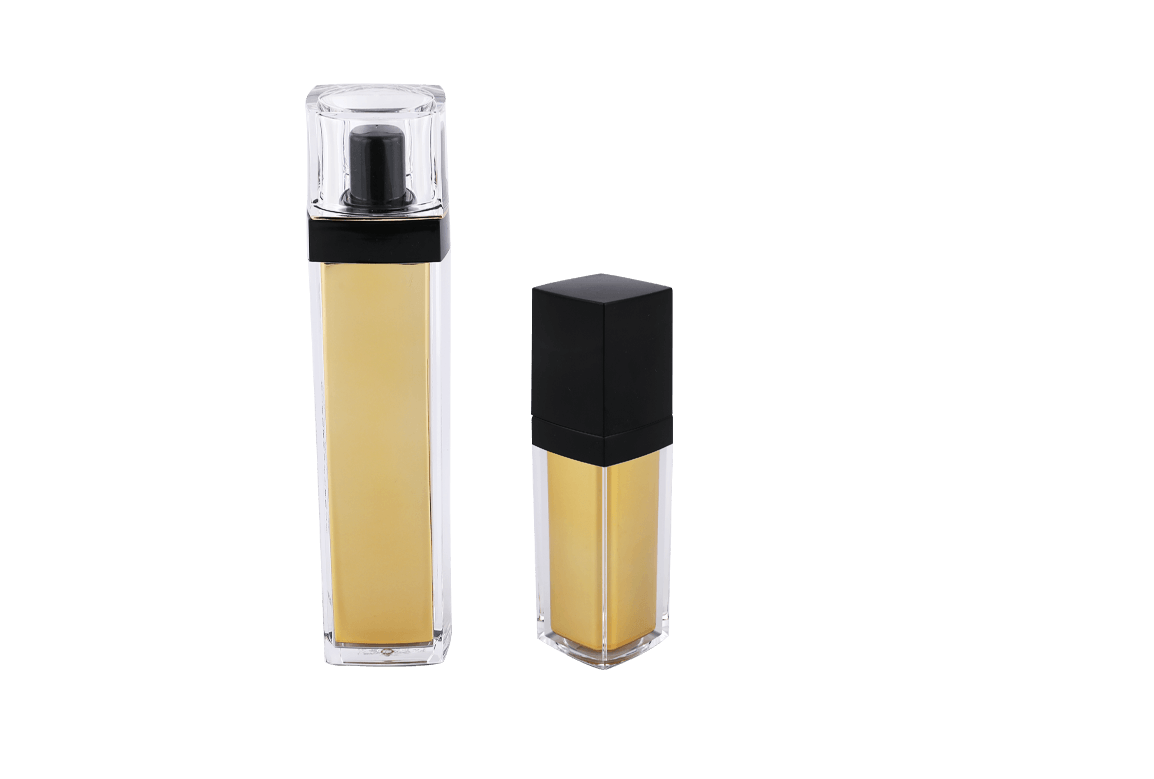Fragility of Vacuum Bottles:
Glass Bottles: Glass vacuum bottles are known for their fragility. Even minor impacts can cause them to shatter, posing significant safety risks to handlers and consumers. Impact-resistant packaging is essential to mitigate these risks.
Metal and Stainless Steel Bottles: While stainless steel and metal vacuum bottles are sturdier compared to glass, they are not entirely immune to impacts. Dents, scratches, and deformation can still occur, particularly when subjected to rough handling during shipping and storage.
Packaging Strategies for Impact Resistance:
Cushioning Materials: Packaging for vacuum bottles often incorporates cushioning materials, such as foam inserts or padded compartments, to protect the bottle from impacts. These materials act as a buffer, absorbing shock and minimizing the risk of damage during transportation.
Inner Shells: Some packaging designs feature inner shells or compartments made from impact-resistant materials like EVA (ethylene vinyl acetate) or polyethylene. These shells add an extra layer of protection, reducing the chances of the bottle breaking or denting.
Custom Inserts: Manufacturers can create custom-designed inserts that precisely cradle the vacuum bottle, ensuring it remains secure and isolated from external forces during transit. These inserts are tailored to the bottle's shape and size, providing a snug fit.
Reinforced Corners and Edges:
Corner Protectors: Reinforced corners or edge protectors are integrated into packaging designs to safeguard against potential damage from impacts at these vulnerable points. These protectors are often made from durable materials like corrugated cardboard or plastic.
Shock-Resistant Features: Some vacuum bottles packaging includes shock-resistant features, such as air cushions, honeycomb structures, or suspension systems within the packaging. These elements are strategically placed to distribute impact forces and protect the bottle.
Impact Testing:
Quality Assurance: Manufacturers often conduct rigorous impact testing on their packaging to ensure its effectiveness in protecting the vacuum bottle. These tests involve simulating various types of impacts and evaluating how well the packaging withstands them.
Drop Tests: Drop tests are common in impact testing. They involve dropping the packaged vacuum bottle from different heights and angles to assess its resilience and the bottle's ability to remain intact.
Durability and Product Integrity:
Brand Reputation: Packaging that protects vacuum bottles from impacts plays a crucial role in preserving the product's integrity. When consumers receive an undamaged product, it reinforces their trust in the brand and enhances their overall experience.
Reduced Returns and Complaints: Impact-resistant packaging helps reduce returns and customer complaints related to damaged products. This not only saves costs but also contributes to a positive brand image.

 Chinese
Chinese España
España Italia
Italia Le français
Le français
